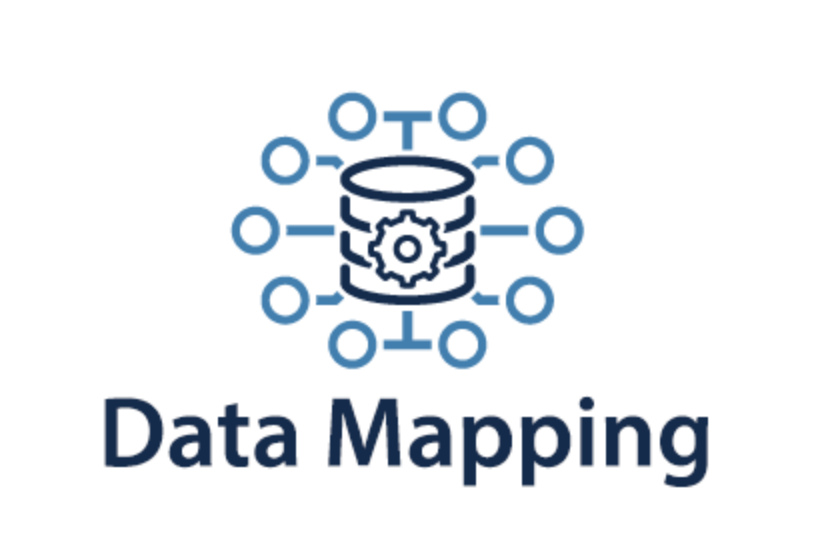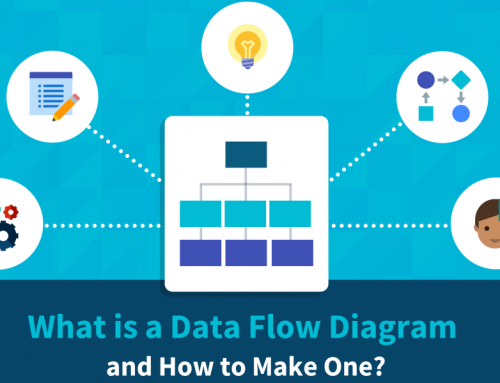Data Mapping 101
In the digital age, companies that want to gain a foothold in the marketplace must have first-class control over their data. Data integration plays an important role in routing data from multiple sources (applications, devices, databases, etc.) to a single source/platform. The key is to collect data from disparate sources and transmit it to end users, thereby driving collaboration within the enterprise to improve efficiency. There are many types of integration, such as application integration, business-to-business (B2B) integration, Internet of Things (IoT) integration, electronic data interchange (EDI) integration, and more. And data mapping plays an important role in each of these forms of integration.
What is data mapping?
Definition of Data Mapping: Given two data models, the process of establishing the corresponding relationship between the data elements is called data mapping. It is the first step in many data integration tasks, such as: data migration, data cleaning, data integration, semantic web construction, p2p information systems.

Data Mapping
Why is data mapping the key to data management?
It is an important part of many data management processes. If not mapped correctly, data can be corrupted as it is moved to a destination. The quality of data mapping is key to making the best use of data in data migration, integration, transformation, and populating a data warehouse.
1. Data migration
Data migration is the movement of data from one dataset to another and uses data mapping to achieve a smooth transition. Data migration involves several complex steps, and creating a mapping between source and target is one of the most critical. Inaccurate mapping at this stage can negatively impact data availability.
2. Data integration
Data integration is the ongoing process of regularly moving data from one system to another. Integrations can be scheduled on a quarterly or monthly basis, or triggered by events. Data is stored and maintained at both source and destination. Like data migration, data mapping for integration matches source fields with target fields.
3. Data transformation
Data is acquired in a specific format and then converted into a different structure or format. This step is critical in data integration, where mapping will be used to define connections between datasets.
4. Data warehouse
If the goal is to centralize data into one source for analysis or other tasks, it is usually centralised in a data warehouse. Data comes from the warehouse when you run queries, reports, or do analysis. The data in the warehouse has been migrated, integrated and transformed. Data mapping ensures that when data enters the warehouse, it arrives at its destination the way it is intended.
Why is data mapping important?
Mapping is the first important step in discovering key insights and business intelligence for an organization’s target market and customers. If data is entered into the system in unknown ways, the data analyst will not know which data sources are redundant, which can lead to misunderstanding of data analysis. Data mapping allows for a more transparent process and analysis by combining sources into a trusted data set.
In addition to this, when an organization has critical business data about its customers, data mapping is essential to determine its validity and provide documentation on how the data was obtained. This is a necessary condition for data regulation. Given today’s exploding data volumes, data privacy regulations have become more stringent and require companies to take inventory, store and manage all data responsibly. Mapping logically links seemingly unrelated data and allows companies to enforce privacy policies and use the data correctly.
In addition to this, data mapping has the following key advantages:
- Better analytics can help identify patterns and trends and gain greater insight into consumer behavior;
- Easier and faster access to data;
- Better protect the privacy of personal data;
- Stricter data compliance agreements;
- Improved data security;
- Improved processes;
What are the steps of data mapping?
- Define: Define the data to be moved, including the tables, the fields in each table, and the format of the fields after the move. For data integration, the frequency of data transmission is also defined.
- Map the Data: This step involves matching the source and target fields.
- Transformation: This is the encoding of the transformation formula or rule if any particular field needs to be converted.
- Test: Using the test system and sample data from the source, run the transfer to see how it works and adjust as needed.
- Deploy: Once you are certain that the data transformation is working as planned, schedule a migration or integration go-live event.
- Maintain and Update: For continuous data integration, a data map is a living entity that needs to be updated and changed as new data sources are added, data sources change, or destination requirements change.
What are the data mapping techniques?
There are three main types of data mapping techniques:
- Manual: Manual data mapping involves connecting data sources and documenting the process with code. Analysts typically use coding languages such as SQL, C++, or Java to make mappings. Data mappers can also utilize extract, transform, and load (ETL) functions to move data between datasets, or can use data virtualization.
- Semi-Automated: Semi-automatic data mapping is also known as schema mapping. This requires the user to have coding knowledge and to move between manual and automatic data mapping processes. Semi-automatic data mapping uses a graphical representation of data links. This can be drawing lines or using drag-and-drop capabilities to create visual interfaces through data mapping software. The data analyst then reviews these connections and makes manual adjustments as needed.
- Automated: Automated data mapping requires specialized software to take new data and match it to your existing structure or schema. These tools often rely on machine learning to continuously improve and monitor your data models.
Conclusion
Thank you for reading our article and we hope you’ve enjoyed it. If you want to learn more about data mapping, we would like to advise you to visit Gudu SQLFlow for more information.
As one of the best data lineage tools available on the market today, Gudu SQLFlow can not only analyze SQL script files, obtain data lineage, and perform visual display, but also allow users to provide data lineage in CSV format and perform visual display. (Published by Ryan on Jun 8, 2022)
If you enjoy reading this, then, please explore our other articles below:



